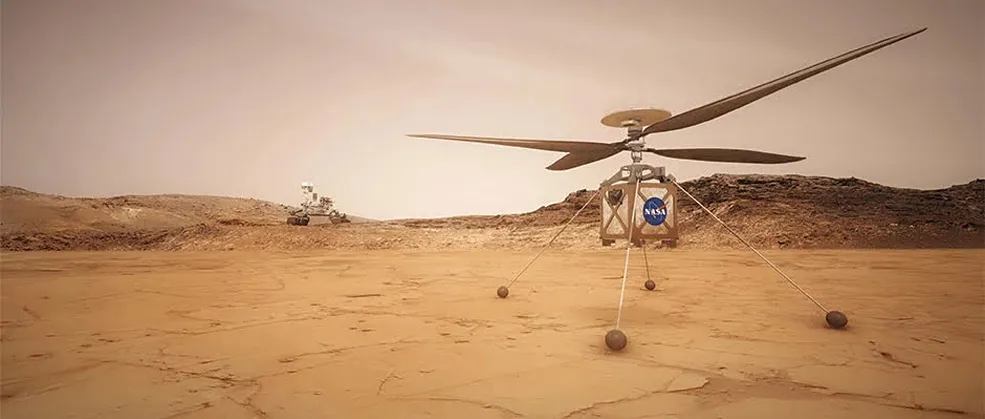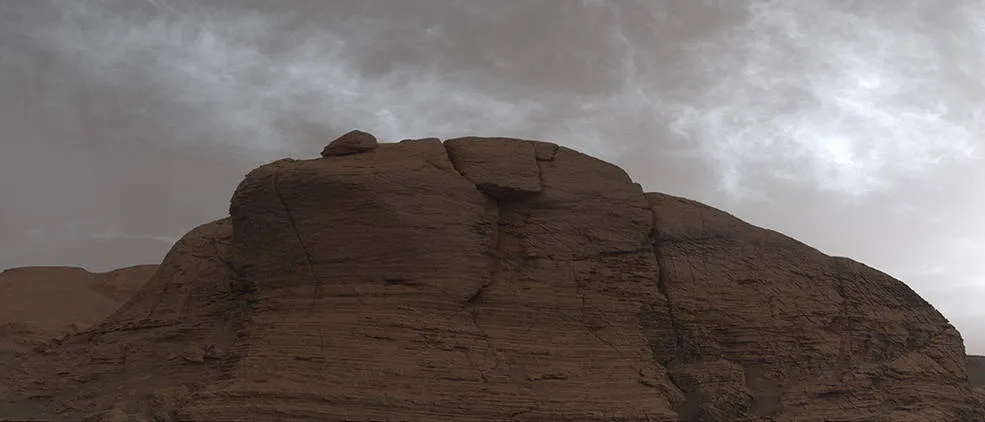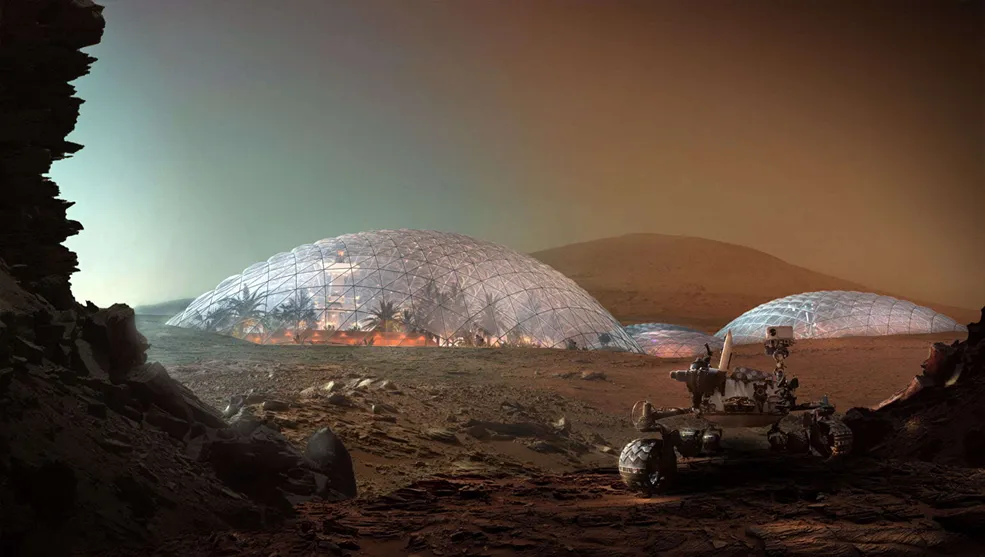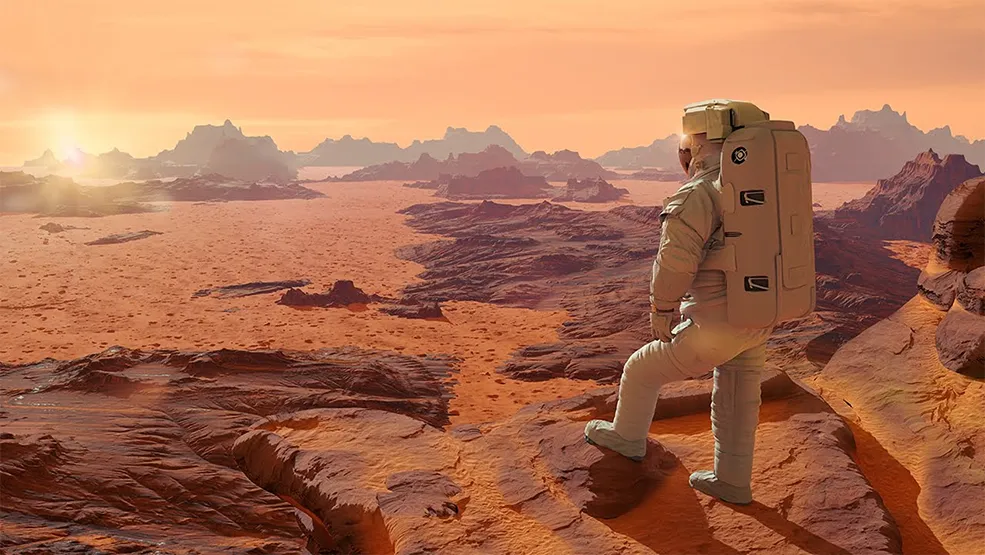NASA wants the public to understand even better why scientists are studying the atmosphere of the Red Planet. NASA is starting to identify clouds thanks to data from NASA’s Mars Reconnaissance Orbiter.
Contents
NASA launches a special platform

NASA scientists want to solve a fundamental mystery about the atmosphere of Mars, and we can help. Nasa has organized a project called Cloudspotting on Mars, which is encouraging the public to identify Martian clouds using the citizen science platform Zooniverse .
The information can help scientists figure out why the planet’s atmosphere is only 1% as dense as Earth’s. Even though a lot of evidence suggests the planet once had a much denser atmosphere. The air pressure is so low that the liquid water simply evaporates from the planet’s surface into the atmosphere. But billions of years ago, Mars was covered with lakes and rivers.
Mars has lost its atmosphere

How did Mars lose its atmosphere over time? One theory suggests that various mechanisms can carry water high into the atmosphere, where sunlight breaks the water molecules into hydrogen and oxygen. Hydrogen is so light that it could then fly off into space. Like Earth, Mars has clouds made of water ice. But unlike Earth, it also has carbon dioxide clouds that form when it gets cold enough. By understanding where and how these clouds appear, scientists hope to better understand the structure of Mars’ central atmosphere, which is 50 to 80 kilometers high.
We want to find out what causes clouds – especially water ice clouds, which can teach us how high the water vapor is in the atmosphere – and at what times of the year
Marek Slipski, associate professor of NASA
NASA checks data from 16 years

This is where Cloudspotting on Mars comes in. A project that relies on a 16-year data record from the MRO agency, which has been studying the Red Planet since 2006. The Mars Climate Sounder instrument measures the atmosphere in infrared light.
We now have over 16 years of data to search, which is very valuable – it allows us to see how temperatures and clouds change at different times of the year and from year to year, but for a small team it’s a lot of data to look at
Armin Kleinboehl, Deputy Head of Research for Mars Climate Sounder
Source: nasa.gov

